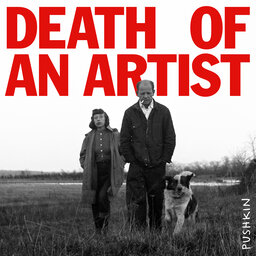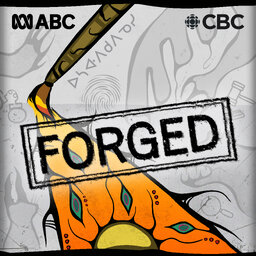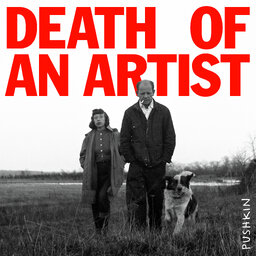A live audience and curator Patricia Margarita Hernandez join Helen at the A.I.R. gallery in this epilogue to the series. The conversation moves from generational shifts in the artworld to Helen’s own Robin Hood fantasy – and ends with some pushback from an audience member who knew Ana.
 Death of an Artist
Death of an Artist


